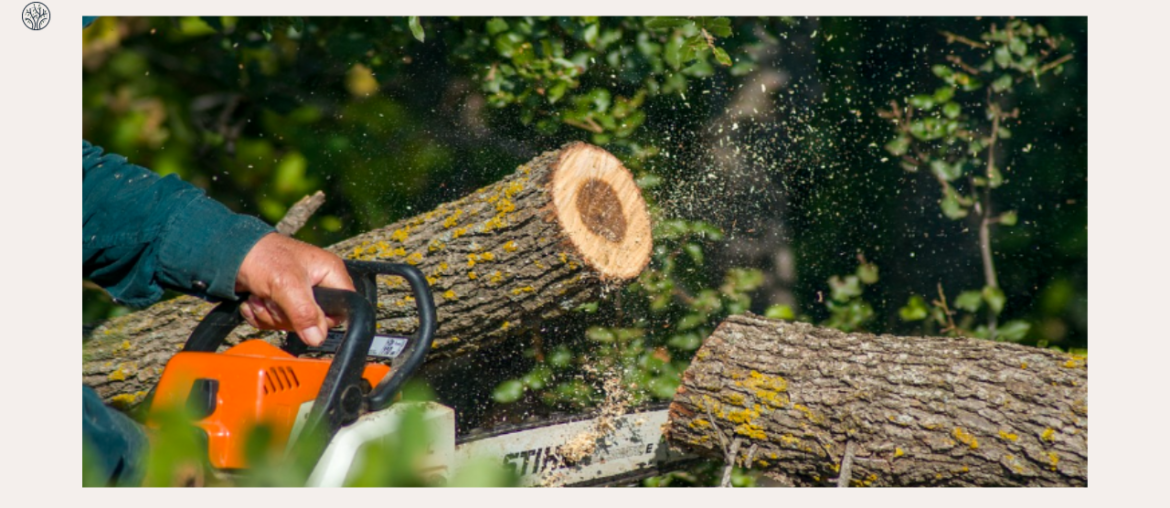Tree removal might be a pricey service, but there are several ways to help you get it done for free or at least reduce the cost. We are here to share if you want to get tree removal for free or in exchange for wood or other benefits. But before exploring how, let’s first start by recognizing tree types that qualify for tree removal.
Tree Types That Qualify for Free Removal
Not all tree types qualify for free removal in exchange for wood, as some are more valuable or desirable than others. Some of the tree types that usually satisfy the conditions for free moving are:
- Trees for timber: Mahogany, Rosewood, Oak, Kingwood, Black Cherry, etc.
- Trees for landscaping: Red Maple, Jacaranda, Sea Grape, Frangipani, Silk Trees, Palm Trees, etc.
Generally, hardwood trees have dense and durable wood. They are valuable because we can use them for high-quality furniture, flooring, firewood, etc. These are also more in demand than softwood trees, as they have more color, grain, and character variations.
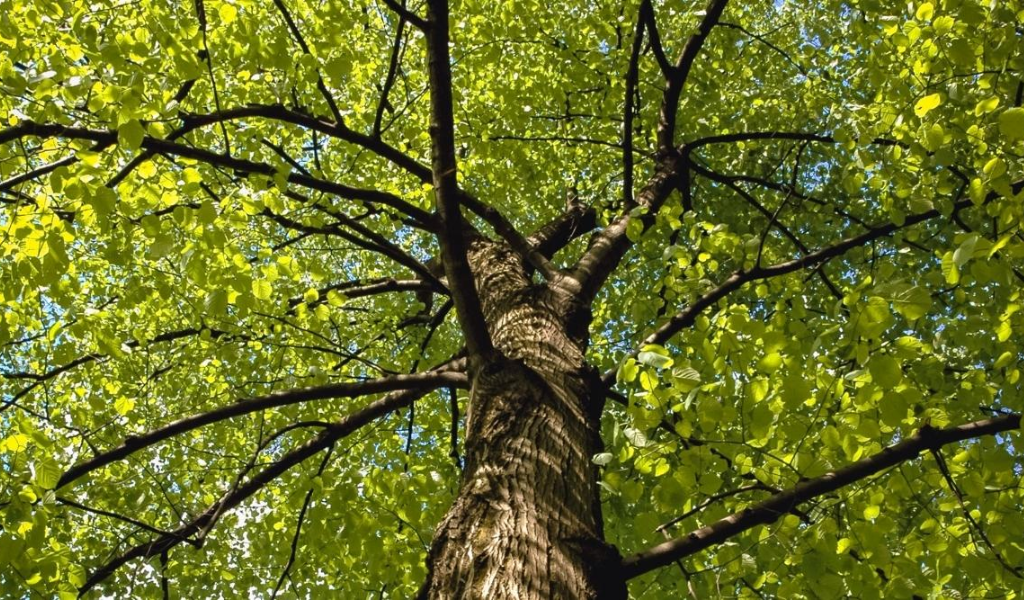
Further, healthy and solid trees have a higher chance of qualifying for free removal. They are usually more valuable than diseased or rotten trees, as they can provide more material and options for the tree removal company or contractor.
Finally, arborists prefer large and tall trees, such as 20 inches or more in diameter and 50 feet or more in height. They are usually more valuable than small and short trees, as they can produce more logs and branches.
See more: What trees can be cut down without permission?
How To Get Tree Removal For Free?
Once you know the basics and decide on a proper time to start your tree removal project, here are several approaches to get it done for free:
Contact Utility Companies
One way to get tree removal for free is to ask your utility company. This option may be available if your tree is near power lines or other utility services that may be affected by your tree. Some examples of utility companies that offer free tree removal are:
- Duke Energy: They are a utility company that provides electricity and gas services to customers in the U.S. Duke Energy offers free tree removal for customers with trees that interfere with power lines or pose a safety hazard.
- Pacific Gas and Electric Company (PG&E): PG&E is one of the largest providers of both natural gas and electric services in the United States. They conduct tree work near distribution lines, typically without cost to the customer.
- Xcel Energy: As an electric utility and natural gas delivery service provider, Xcel Energy serves a vast customer base across regions spanning eight states. They conduct regular tree pruning and removal activities to manage nearly 50,000 miles of distribution power lines.
To find out if you can get tree removal for free from your utility company, contact them and ask about their tree removal service and policy. Then, provide them with some information about your tree and your situation, such as your tree’s size and height, location and accessibility, and more.
Remember to compare their offer and look for discrepancies or differences in their services, methods, equipment, and prices. To get the best results, check their reviews, ratings, testimonials, or references from previous customers or peers.
Consider Municipalities And City Offers
Another method to get tree removal for free is to consider municipalities and city offers available in your area. Some may offer free or low-cost tree removal services for residents who need help with their trees.
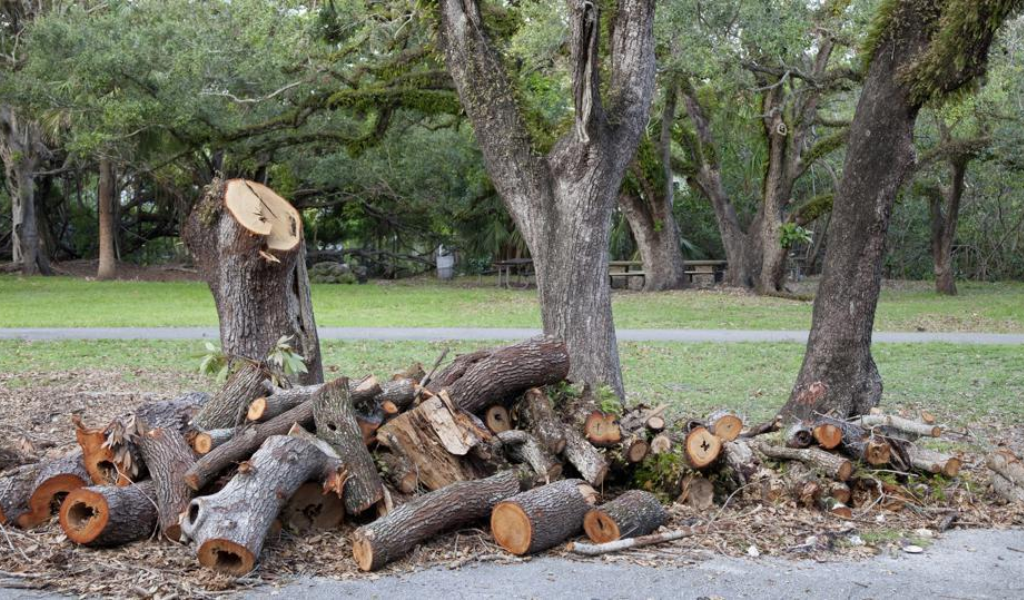
Your request will be approved if your tree is on public property or in a public area, such as a park, a sidewalk, or a street. For example, if a storm damages your tree or poses a risk to public safety, your municipality or city may be willing to remove it for free.
However, the budget and resources of the municipality or city can affect the cost and availability of tree removal services. Generally, they only have limited funds or personnel for tree removal, especially during peak seasons or emergencies. Some also charge fees or taxes to cover the expenses of the free tree removal services.
Use Homeowners Insurance
This tip is mainly about getting help to remove trees that have already fallen. It’s a good idea to look at your homeowner’s insurance policy to check if they can help pay for removing a fallen tree and grinding the stump.

In some situations, for the insurance to cover the cost, the tree should have fallen on your house or caused damage while falling. It also depends on why the tree fell in the first place.
If it fell due to bad weather, your insurance might cover it. But the insurance will not cover the cost if you were trying to cut the tree down yourself and accidentally damaged your house.
Sell Your Lumber
As a final option, consider offering the wood from the tree as firewood or lumber for free to people pleasing to pay for the tree removal. Your nearby neighbors who need quality firewood may be willing to cover the removal cost. However, check your local laws to see who they must hire for this.
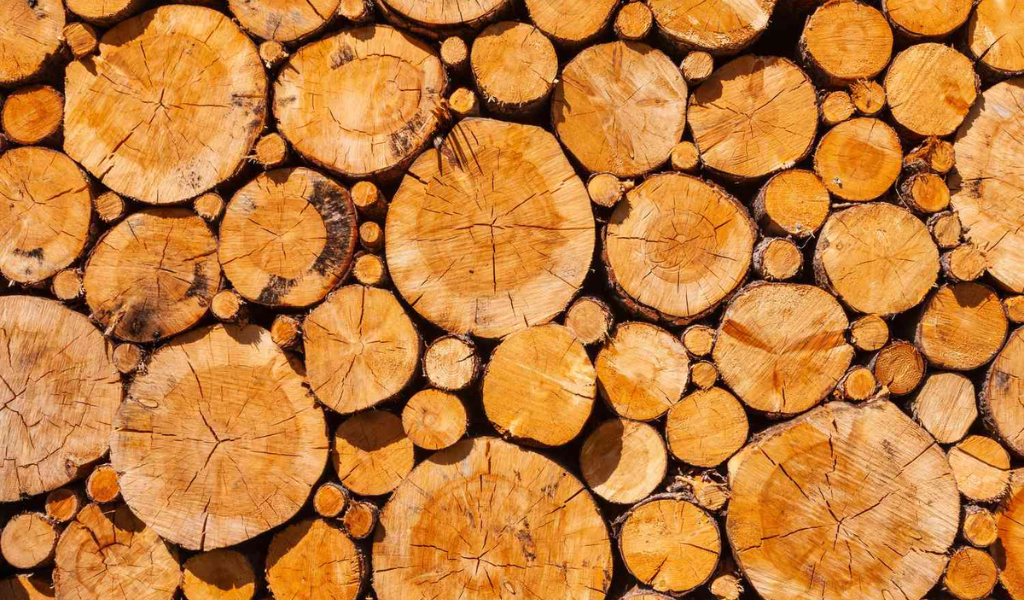
Sometimes, local lumber companies are on the lookout for specific types of wood, especially if it’s a big and healthy tree or several trees. You may not be allowed to sell the wood in some areas, but this could be an option if the tree harms your home or a public space.
Essential Considerations For Free Tree Removal
While getting tree removal for free may sound like a great deal, you should know some important considerations that may affect your experience. Here are some things you should consider before proceeding with free tree removal:
Legalities And Permits
One of the most critical considerations for free tree removal is the legal aspect of this service. Depending on where you live and what kind of tree you have, you need a permit or approval from the local authority before removing any tree on your property.
If you need a permit or approval, apply for it as soon as possible and follow the application process and requirements. Remember to provide all the necessary information and documentation, such as the reason for removal, the size and type of the tree, the location and situation, etc.
Also, be prepared to wait for the authority’s decision, which may take several days or weeks. When the authority decides, they can approve, deny, or condition your request. If you disagree with their opinion, appeal or challenge it through legal or administrative channels.
The Role Of Logging Companies
Logging companies will take down your trees for free if you offer them the wood. They’re mainly interested in how much wood they can get for their work.
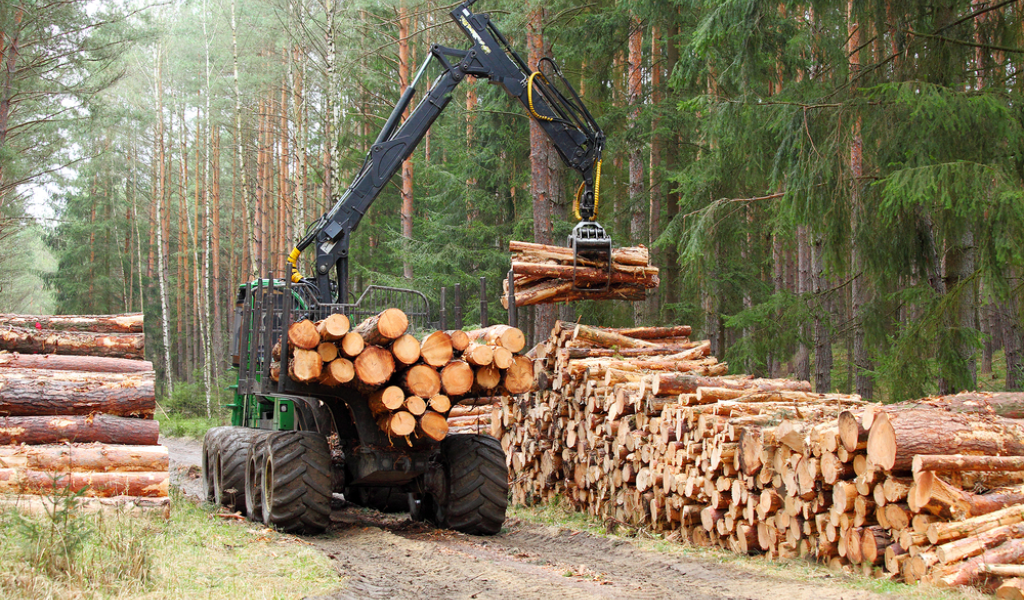
Before reaching out to a logging company, make sure you have a significant number of trees. The more trees you want to have removed without charge, the better your chances of getting a logging company’s attention.
It’s also crucial to know the type and worth of your trees when dealing with a logging company. Valuable trees, as we mentioned above, are often purchased by logging companies or removed for free.
DIY Tree Removal
If you want to trade a tree for firewood, you can take on the task yourself. It’s a way to get free firewood while removing an unwanted tree. This option suits homeowners who want to save money, have some skills in tree removal, or have some tools or equipment for tree removal.
This method saves you money on the tree removal service and keeps the wood from your tree for use or sale. Another benefit of DIY tree removal is you can have more control and flexibility over the tree removal process.
But remember, doing it yourself can be time-consuming, and you might need to invest in tools for the job. Moreover, it risks your property and landscape by causing damage or injury to your house, structures, utilities, or plants.
Therefore, consider opting for a professional to handle the tree removal for a more efficient and hassle-free experience.
Financial Assistance For Tree Removal
There is a different way for those who cannot get free tree removal from any of the options we mentioned above. Some financial assistance or programs may help, depending on your situation and eligibility.
Tree Removal Assistance For Elderly Individuals
One type of financial assistance that helps you with tree removal is the tree removal assistance for elderly individuals. It aims to help senior citizens who need help with their trees, especially if they have low income, disability, or health issues.
Various sources offer this type of program, such as government agencies or departments, non-profit organizations or charities, community groups or networks, etc.
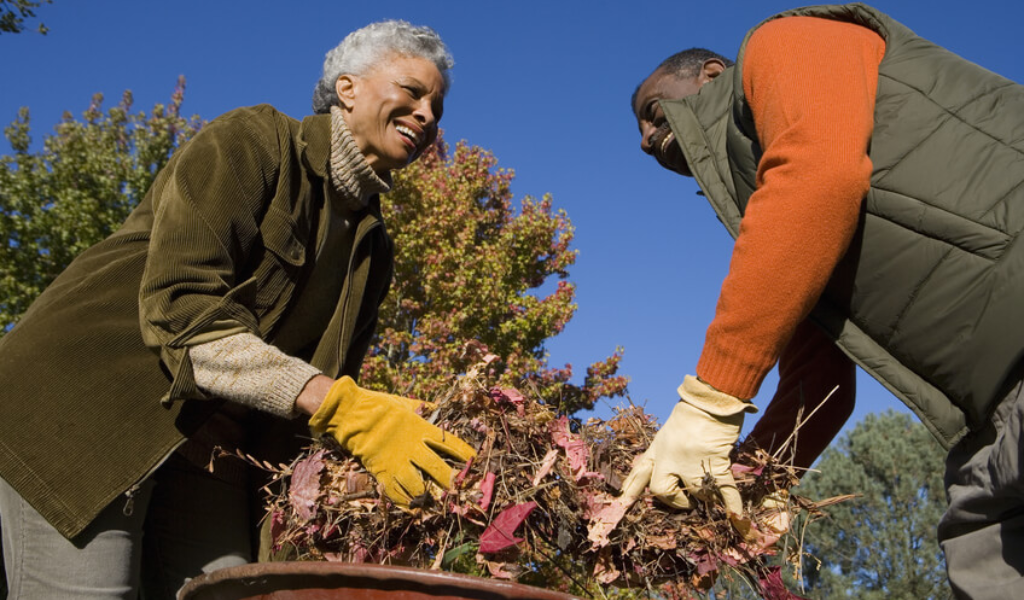
For example, community groups such as churches, clubs, or neighbors have volunteers or members who can provide tree removal services for seniors in need or distress.
Grants And Other Financial Aids
Another type of financial assistance is grants and other financial aid available from various sources. Grants are funds given to you by a donor or a sponsor for a specific purpose or project. Other financial aids are funds loaned to you by a lender or a provider for general or personal use, such as tree removal.
In some areas, local counties and city governments may provide grants for tree removal or vegetation management, particularly in regions with severe weather or wildfires. Non-profit organizations also focus on safe vegetation management in certain areas. It’s vital to note that these grants can be specific, but they can be valuable if you reside in a place where reducing hazardous trees and brush is essential.
FAQs
What are the steps after cutting down a tree?
After cutting down a tree, you may have to deal with some tasks, including:
- Removing the stump to clear your land, prevent pests or diseases, or improve your landscape.
- Disposing of the wood to reduce waste, recycle resources, or generate income.
- Repairing the damage helps restore your property value, appearance, or function.
Are there specific trees I can remove without permission?
As we mentioned, each state, county, city, and neighborhood has different laws governing tree removal on private property. For instance, in Australia, there are specific categories of trees that you can remove without needing prior approval:
1. Deceased trees
2. Young or Insignificant trees
3. Hazardous trees
4. Fallen trees
5. Trees located within 10 meters of your residence in fire-prone areas
6. Trees situated within 3 meters of your home’s foundations
7. Invasive species
How do you locate a certified arborist for tree consultation?
A certified arborist has passed an exam and met specific standards and requirements of the International Society of Arboriculture (ISA). To locate a certified arborist for tree consultation, visit the ISA or the Arbor Day Foundation website or ask for their certification or qualification.
Responsibilities And Tree Ownership
Another vital consideration for free tree removal is the responsibility and ownership of the tree. Depending on where you live and what kind of tree you have, you will have different rights and obligations regarding your tree. Some issues that may arise are:
Trees And City Boundaries
The first issue is when the tree is on or near the city boundary between you and another city. In that case, you must deal with two authorities or jurisdictions with different tree removal rules or regulations.
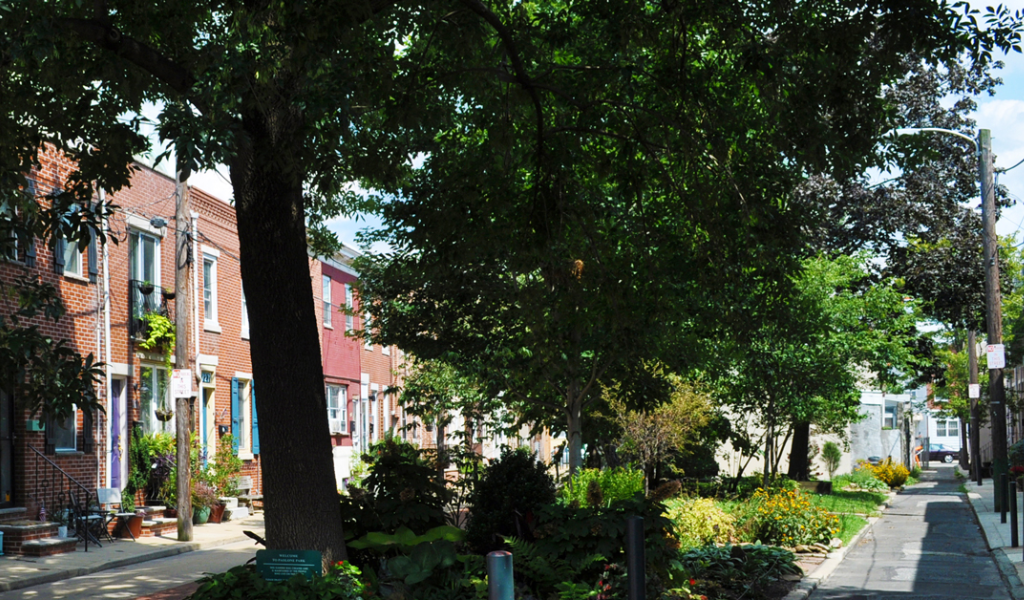
To avoid any confusion or conflict regarding the responsibility and ownership of the tree, check with both cities and proactively ask them about their regulations. Another thing to do is consult with your neighbor who lives in the other city if they have any shared or boundary trees that may affect them.
Trees Between Sidewalks And Streets
Another issue may arise with the tree between sidewalks and streets on public property or public areas. To ensure clarity and prevent conflicts regarding tree ownership in public spaces, engaging with your local municipality or city is essential.
Should the need arise to remove those trees, always adhere to the regulations outlined by your municipality or city. Show respect for the property rights and boundaries of your municipality or city. Finally, you must prevent damage to your neighbor’s property and landscape during and after tree removal.
The Bottom Line
Looking for tree removal for free is cost-saving way to deal with tree-related issues. We hope this article has helped you understand and decide how to complete your tree removal project.
Remember that removing trees can improve your surroundings and help the environment. The key is to make good choices, considering your area’s environment and rules. We wish you all the best with your project and your property improvement.

